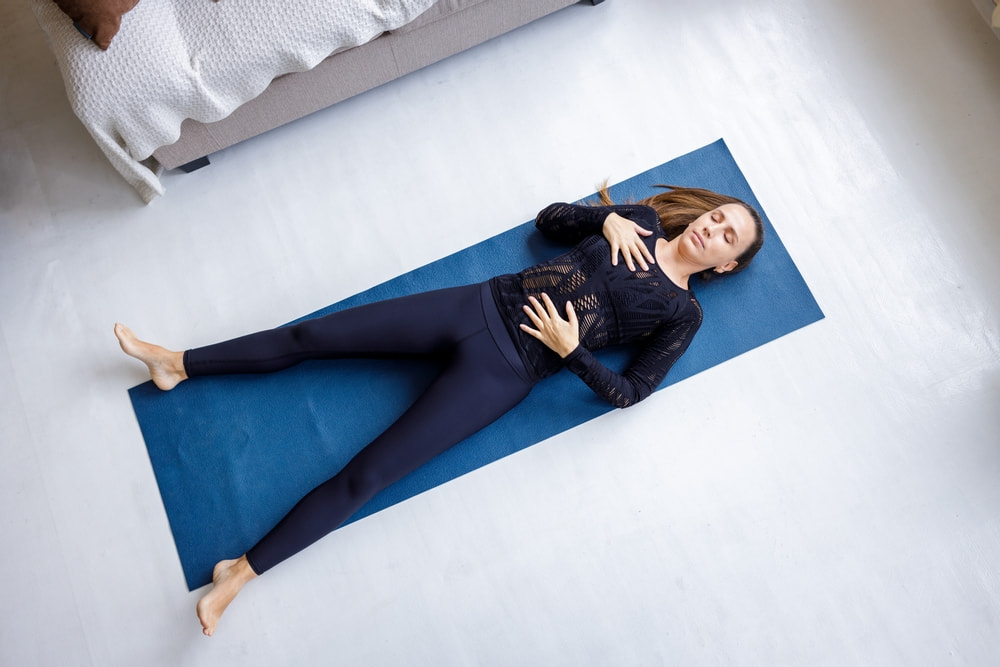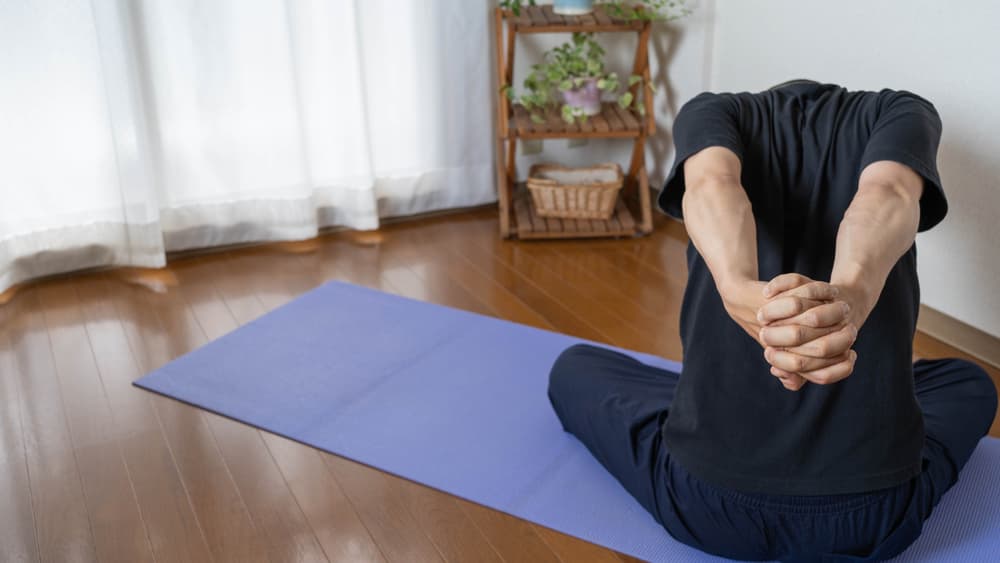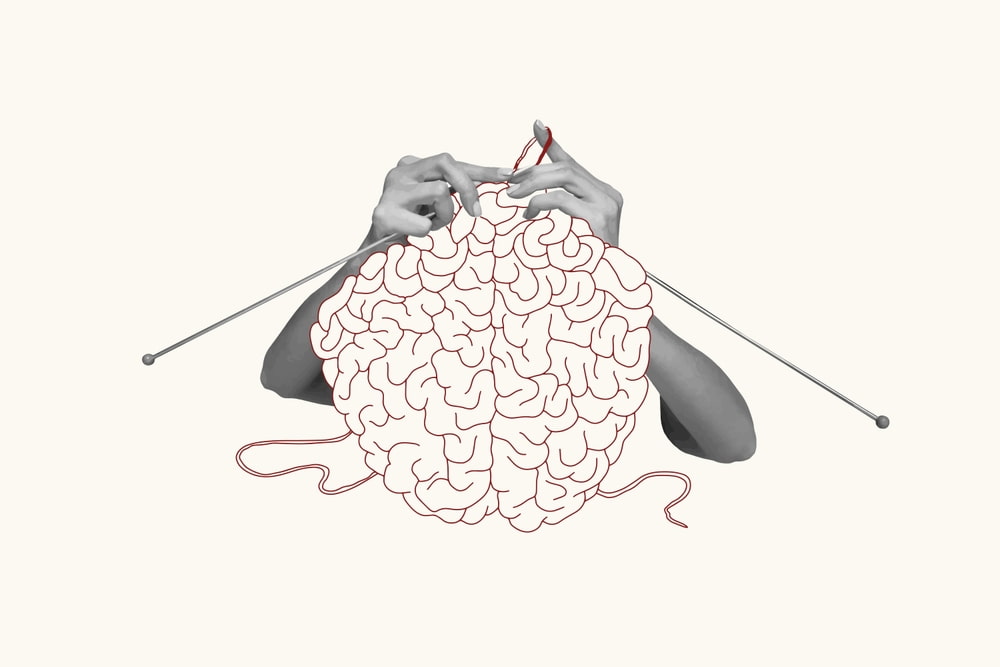Simple mindfulness exercises for stress relief


Stress affects many people, including working professionals. Managing a busy schedule can feel overwhelming. You may feel pressure to meet deadlines and balance personal and work commitments. This can lead to anxiety, exhaustion, and burnout. Mindfulness is one of the best ways to manage stress and improve mental well-being.
Mindfulness is the practice of focusing on the present moment with a non-judgmental attitude. It’s a simple yet powerful tool for relieving stress and improving mental health. In this blog, we’ll explore simple mindfulness exercises that can help busy people manage their stress, improve relaxation, and promote overall mental well-being.
What is Mindfulness and How Can It Help Reduce Stress?


Understanding Mindfulness
Mindfulness means being completely aware of the present moment, without judging it. You focus on your thoughts, feelings, and physical sensations and accept them as they are. Mindfulness helps you experience life as it happens, without getting caught up in worries about the past or future.Practicing mindfulness has been shown to have a wide range of mental health benefits, including:
- Reduced stress: Mindfulness helps you respond to stressful situations with more calm and clarity, reducing the physical and emotional toll stress can take.
- Increased relaxation: Regular mindfulness practices can trigger the body’s relaxation response, lowering heart rate and blood pressure.
- Improved mental clarity: It helps you become more aware of your thoughts, allowing you to shift focus when needed and avoid spiraling into negative thinking.
Studies show that mindfulness can help reduce the symptoms of stress and anxiety. In fact, research from the American Psychological Association reveals that people who practice mindfulness report lower levels of perceived stress and improved emotional regulation.


The Benefits of Mindfulness for Working Professionals
Busy professionals often face high demands, long hours, and challenging work environments. Mindfulness provides several benefits that can help with stress management:
- Improved focus: Mindfulness exercises can enhance your ability to concentrate on tasks, leading to better productivity and efficiency.
- Better decision-making: By being more aware of your thoughts and emotions, you can make more thoughtful, intentional decisions instead of reacting impulsively.
- Increased resilience: Mindfulness helps you develop emotional resilience, allowing you to cope more effectively with workplace challenges.
Mindfulness is not about eliminating stress entirely, but about building the mental resilience to handle it better. The key is practicing mindfulness regularly to develop a sense of calm and clarity that stays with you throughout the day.
Simple Mindfulness Exercises for Stress Relief
Quick Mindfulness Practices for Busy People
As a busy professional, you may feel you don’t have time to meditate for long periods. The good news is that mindfulness exercises can be quick and easy, requiring just a few minutes to practice. Here are some simple exercises you can do anytime, anywhere:


1. Breathing Meditation
One of the simplest and most effective mindfulness exercises is breathing meditation. This practice focuses your attention on your breath, helping you relax and de-stress. Here’s how you can do it:
- Find a comfortable position: Sit in a chair with your feet flat on the ground or lie down on a comfortable surface.
- Close your eyes: This will help block out distractions.
- Focus on your breath: Breathe in slowly through your nose, hold for a moment, and then exhale through your mouth. Pay attention to the sensation of the breath entering and leaving your body.
- Repeat for 3-5 minutes: If your mind starts to wander, gently bring your focus back to your breath.
Benefits: This exercise helps activate your body’s relaxation response, lowering heart rate and promoting calmness. It’s a great technique for anxiety relief.


2. Body Scan Meditation
A body scan is a mindfulness exercise that involves mentally scanning your body for tension or discomfort. It’s a great way to reduce stress and improve body awareness. Here’s how to practice:
- Lie down or sit comfortably: Make sure you’re in a relaxed position.
- Close your eyes: Focus on your body and how it feels.
- Scan your body from head to toe: Start at the top of your head and slowly move down through each body part (face, neck, shoulders, arms, chest, stomach, legs, etc.).
- Notice areas of tension: If you feel tightness, breathe into that area, and consciously relax the muscles.
Benefits: This exercise promotes relaxation by helping you release physical tension. It can also increase awareness of how stress manifests in your body.


3. Mindful Walking
Mindful walking is a simple way to combine physical movement with mindfulness. It’s ideal for busy professionals who find it hard to sit still for long periods. Here’s how to practice:
- Choose a quiet space: Find a place where you can walk undisturbed, such as a park or a quiet hallway.
- Focus on each step: Pay attention to the sensation of each foot as it lifts, moves, and touches the ground.
- Breathe mindfully: Coordinate your breath with your steps—inhale as you step forward, exhale as you step back.
- Observe your surroundings: Notice the sights, sounds, and smells around you without judgment, bringing your full awareness to the present moment.
Benefits: Walking mindfully combines the calming effects of exercise with mindfulness, helping to reduce stress and improve focus.
Incorporating Mindfulness Into Your Daily Routine
Mindfulness for Stress Relief at Work
Finding time for mindfulness during a busy workday can be tough, but you can still add short mindfulness exercises to your routine. Here are some simple ways to practice mindfulness at work:
- Mindful breaks: Take short breaks during the day. Step away from your desk, take a few deep breaths, and focus again.
- Mindful eating: Take time to enjoy each bite of your meal, noticing its taste, texture, and aroma.
- Mindful meetings: Listen actively during meetings. Focus on the speaker’s words without judging or getting distracted.
By making mindfulness a part of your workday, you can stay calm, focused, and productive while managing stress.
Success Stories: How Mindfulness Helped People Manage Stress
Mindfulness isn’t just a buzzword; it’s a powerful tool that has helped countless individuals reduce stress and improve mental well-being. Below are five real-life success stories of people who turned to mindfulness to manage their stress more effectively:
1.Sarah, Marketing Manager
Sarah often found herself overwhelmed during high-pressure meetings, especially when juggling multiple projects. After learning mindfulness breathing techniques, she began using them during these stressful moments. Taking deep, slow breaths helped her regain focus and composure, allowing her to make calm, well-thought-out decisions. Sarah now feels more in control and confident at work, even during the most challenging situations.
2.James, Software Developer
Sitting at a desk for long hours made James feel physically and mentally drained by the end of the day. He began practicing body scan meditation to relax and release tension in his muscles. By consciously focusing on each part of his body, James was able to reduce stress, improve his posture, and sleep better at night. He credits this practice with helping him unwind after a busy day of coding.
3.Emily, Project Manager
Emily often felt stressed because of tight deadlines and coordinating with her team. To manage this stress, she started taking mindful walks during her lunch breaks. Walking in a nearby park helped her clear her mind and refocus for the afternoon. These short walks reduced her stress and increased her creativity and productivity. Emily found that these breaks helped her stay focused and energized throughout the day.
4.David, Teacher
As a teacher, David faced the challenge of managing a classroom full of energetic students while keeping up with administrative tasks. Mindful eating became a simple practice that helped him combat burnout. By focusing on the taste and texture of his food, David could slow down and enjoy his meals, rather than rushing through them in stress. This gave him more energy and a sense of peace during his busy days.
5.Laura, Accountant
During tax season, Laura found herself overwhelmed by the sheer volume of work. She began taking mindful breaks throughout the day—focusing on her breath or doing quick meditation exercises. These practices helped her stay calm, focused, and less anxious. Laura found that even short, mindful pauses increased her productivity and helped her manage stress effectively.
These stories show that mindfulness can be a life-changing practice, even for the busiest professionals. Whether through breathing exercises, mindful walking, or other techniques, mindfulness offers practical ways to reduce stress and improve mental health.
How to Build a Mindfulness Routine for Long-Term Stress Relief
Tips for Creating a Sustainable Mindfulness Practice
Building a consistent mindfulness practice doesn’t require a huge time commitment. Here are some tips for incorporating mindfulness into your daily routine:
- Start small: Begin with just a few minutes of mindfulness each day, and gradually increase the duration as you get more comfortable.
- Be consistent: Practice mindfulness regularly, even if it’s just for a few minutes. Consistency is key to experiencing long-term benefits.
- Set reminders: Use reminders on your phone or calendar to prompt you to take mindful breaks throughout the day.
- Be patient: Mindfulness takes time to master, so be patient with yourself. The more you practice, the easier it becomes.
By making mindfulness a habit, you’ll experience greater stress relief, improved focus, and enhanced mental wellness in the long run.
Mindfulness is a powerful tool for managing stress, especially for busy professionals. Whether it’s through breathing meditation, body scan exercises, or mindful walking, these simple techniques can help you feel more centered and less overwhelmed. By incorporating mindfulness into your daily routine, you’ll be better equipped to handle the stresses of modern life with a calm and clear mind.
Remember, it’s not about perfection—it’s about being present. Start small, and watch how mindfulness transforms your stress levels and mental health.









